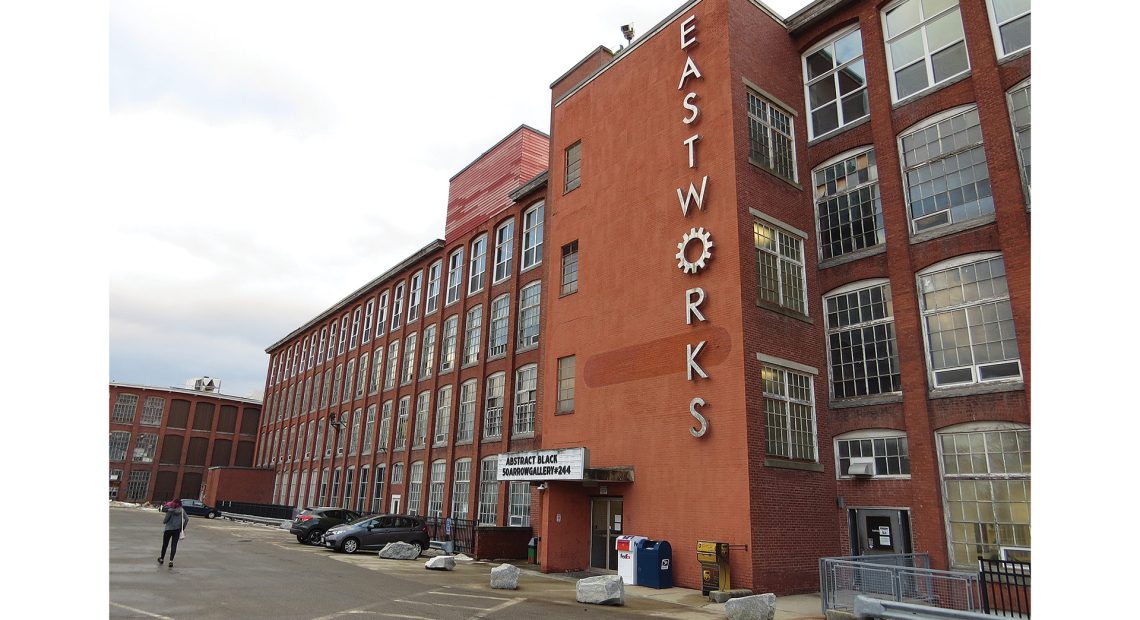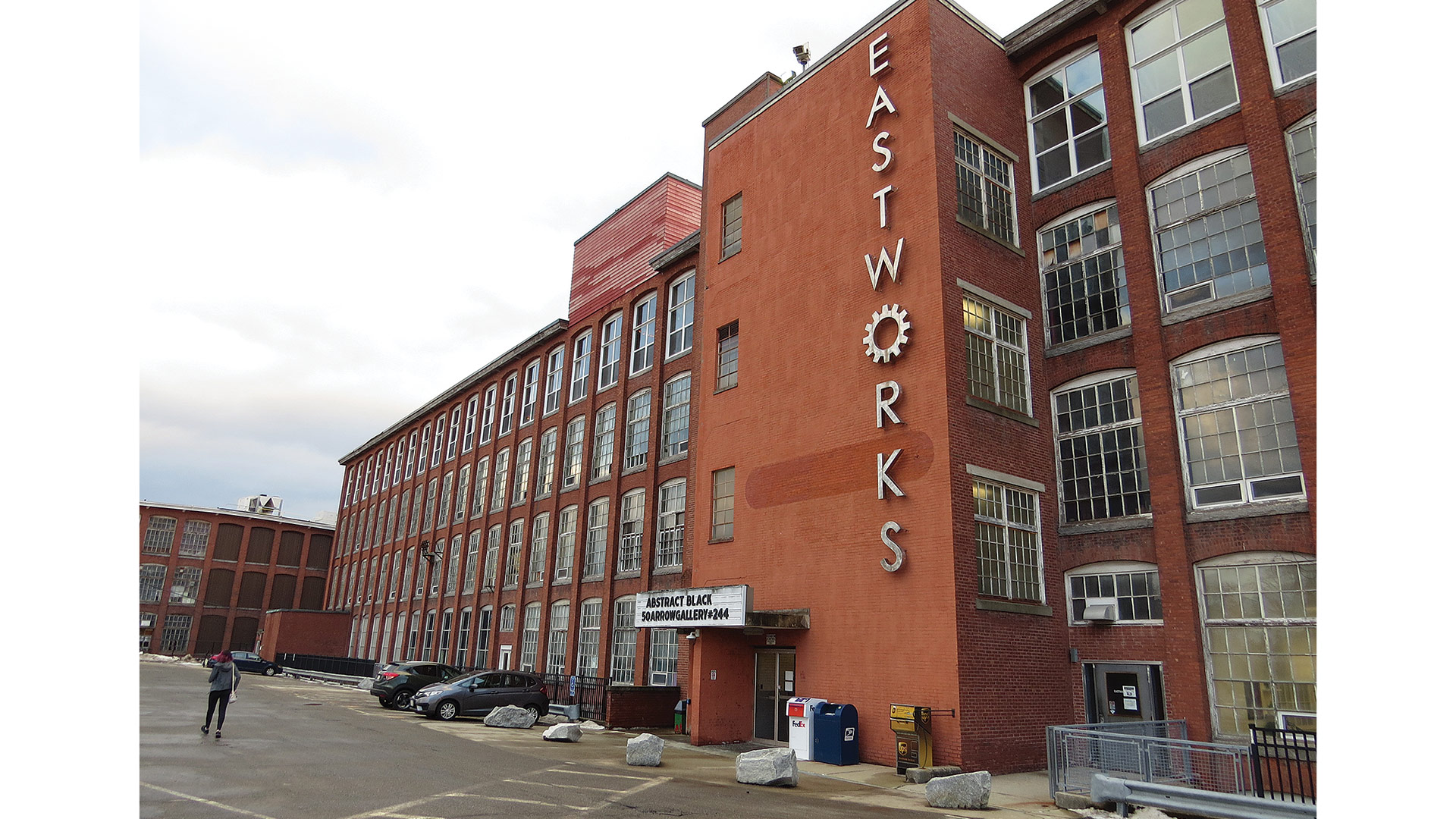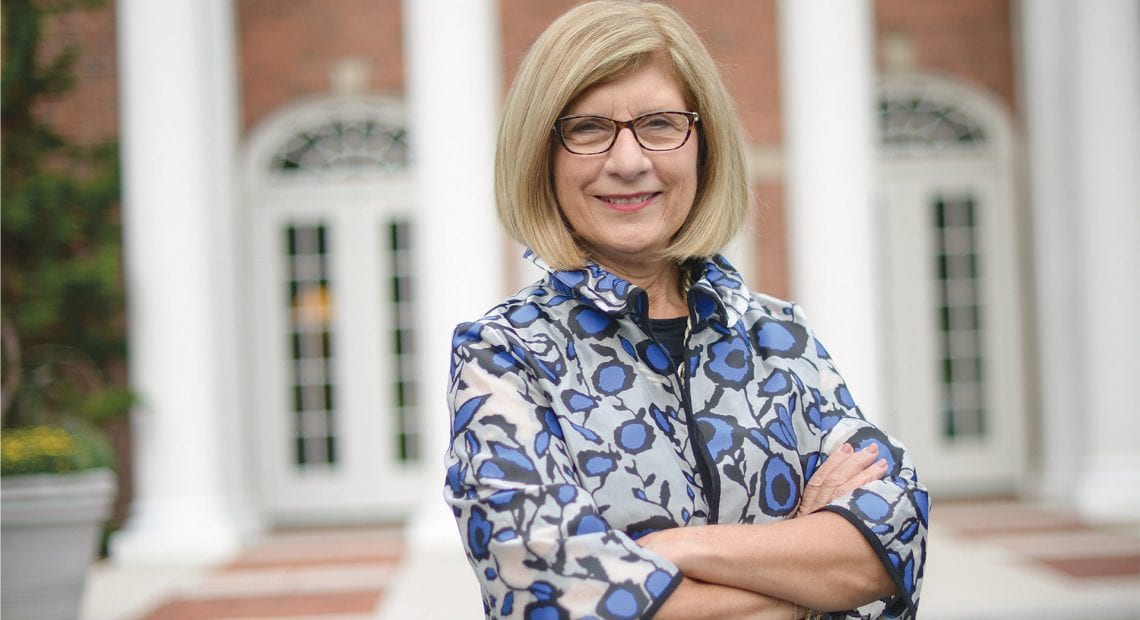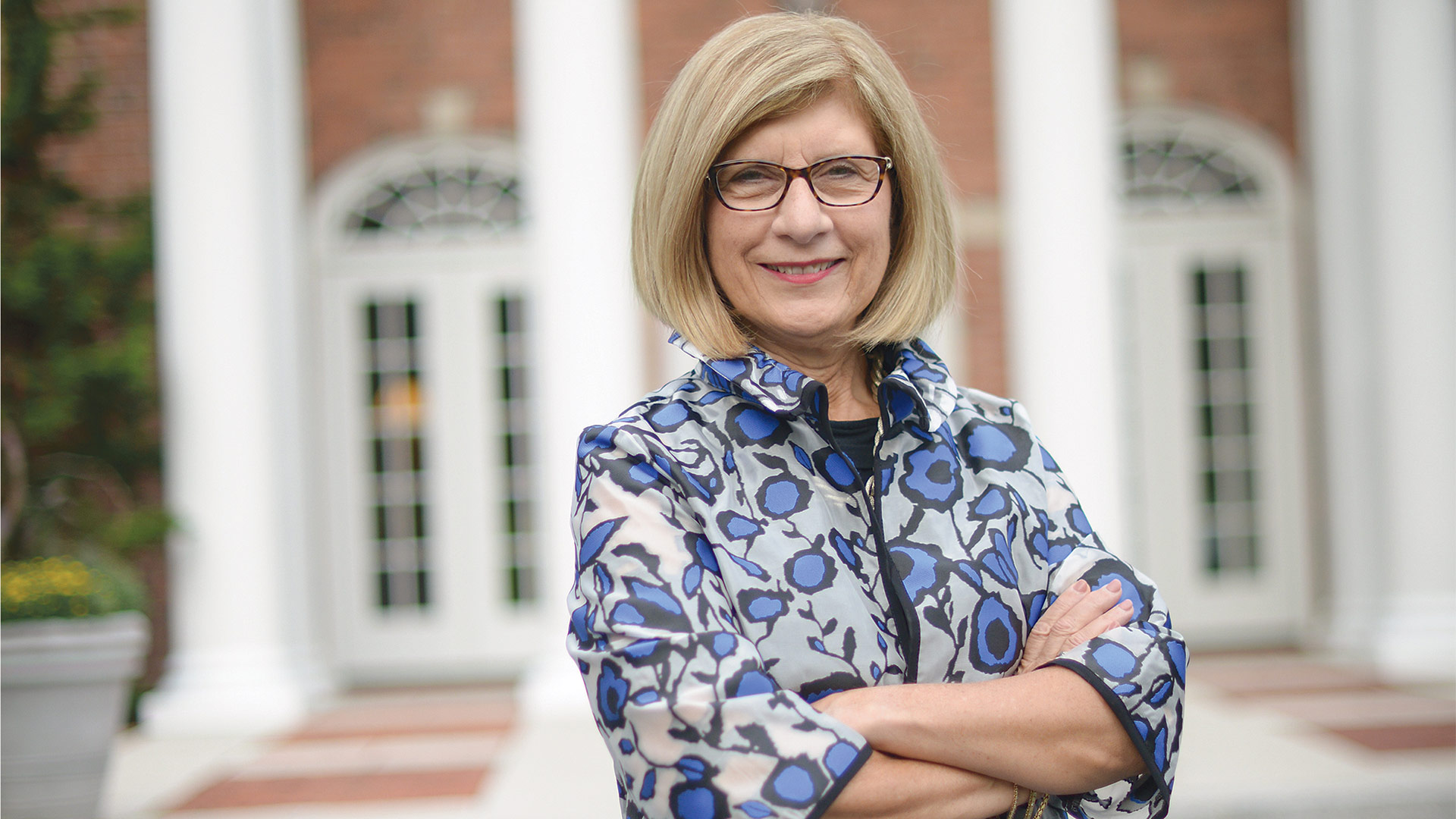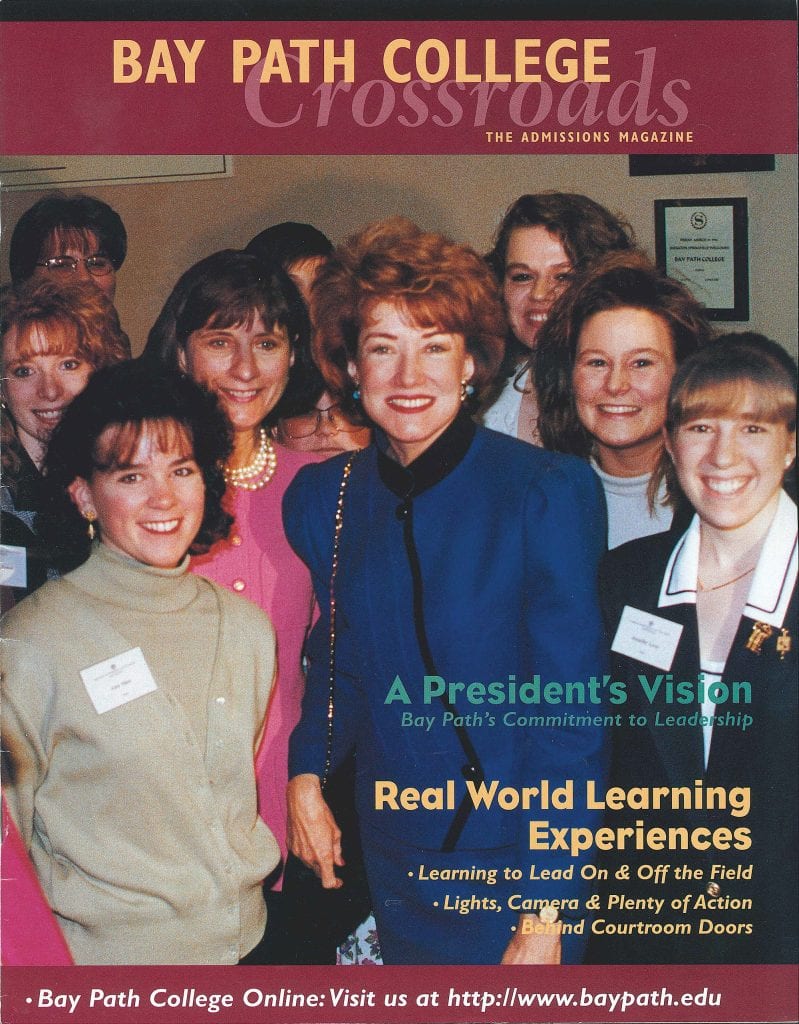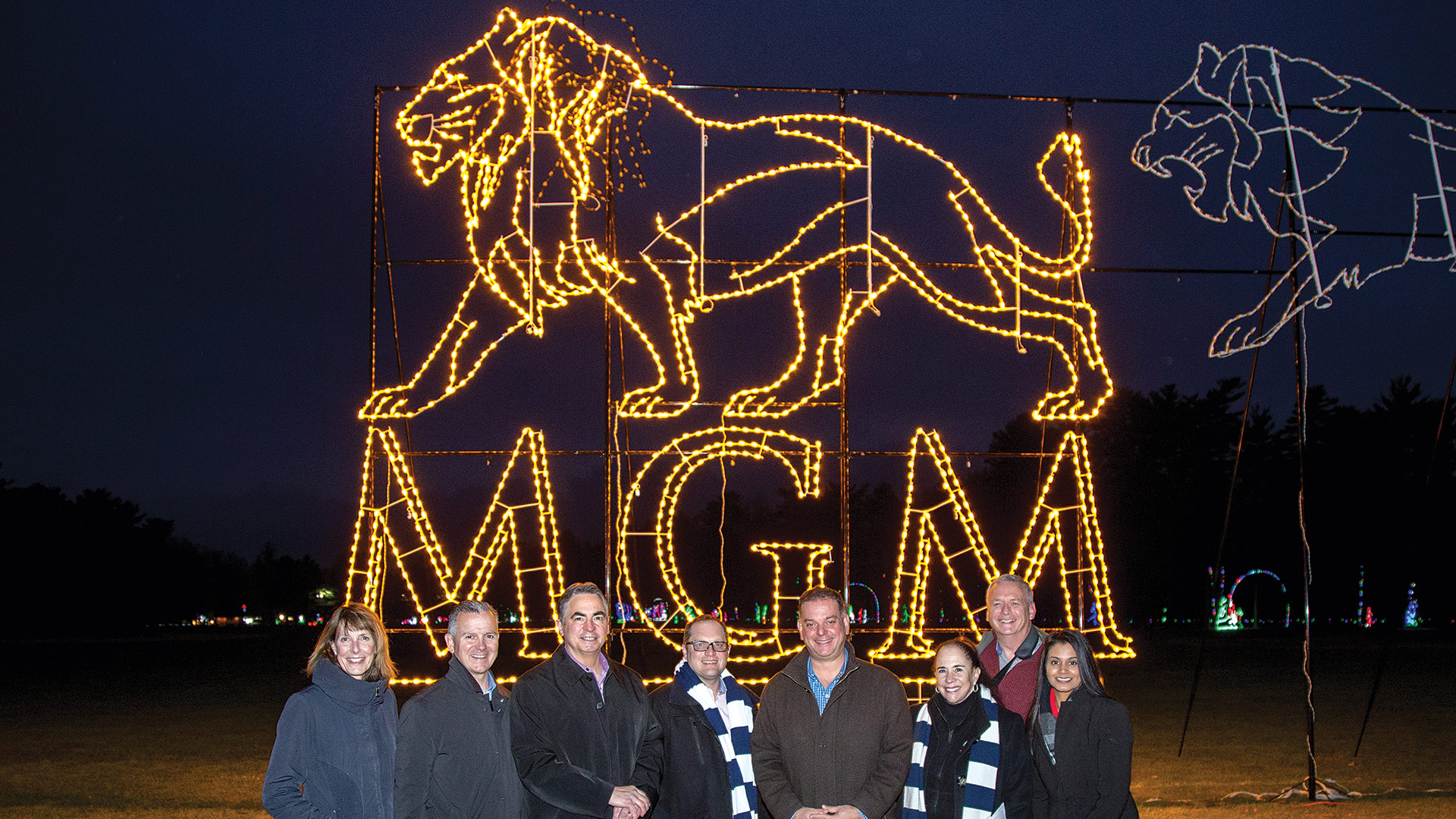This Community Within a Community Is a Constantly Changing Picture
Back in 1997, Will Bundy and his wife, Paula, had a vision for the sprawling vacant mill in downtown Easthampton that had most recently been home to Stanley Home Products — to not only lease space to wide array of businesses, but create both a destination and a community. That vision has become reality, but this canvas, known as Eastworks, is still being filled in.
By Elizabeth Sears
The mill at 116 Pleasant St. in Easthampton was looking for a new purpose when Stanley Home Products shut down after 40 years of operation. The former mill had seen a variety of owners throughout the century, starting with West Boylston Manufacturing Co. in 1908. General Electric and even the U.S. Department of War had at one point called this building theirs.
Over the past quarter-century, 116 Pleasant St. has transformed into something entirely new, and it is a picture that is constantly changing and adding new dimensions.
“When we started, 25 years ago this March, the idea of the mill district was a very distant thought and idea, and so I feel like the artists and businesses and residential tenants who took a chance on Eastworks in its bare-bones stages really helped to form and define what the mill district could become,” said Will Bundy, owner and managing partner of Eastworks, referring to the broader effort to transform a number of Easthampton’s old mills into a home for artists and an eclectic mix of businesses.
When Bundy and his wife, Paula, bought the property, their vision was a broad one, and it involved not only filling its vast spaces, but creating both a destination and a community. And while the vision has become a reality, it is still very much an intriguing work in progress.
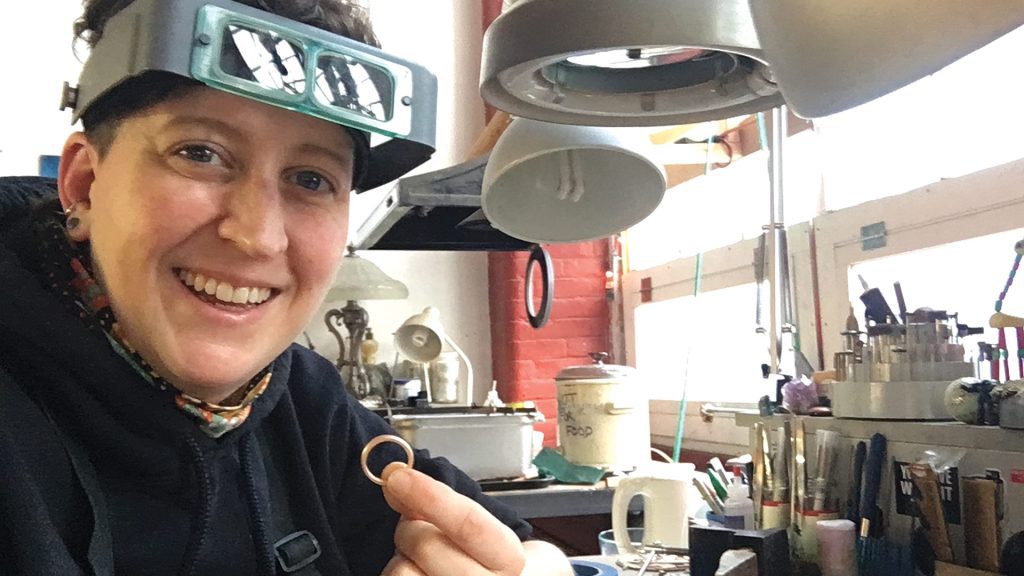
Heather Beck says she’s developed not only a gratifying business at Eastworks, but many meaningful relationships.
Certainly one appeal of Eastworks, where it all started, is the sheer amount of space offered in the building. The former mill has nearly 500,000 square feet of space, most all of it with high ceilings and large windows, many with views of nearby Mount Tom. The property has become home to a wide range of businesses looking for room to grow in unique, comparatively inexpensive spaces.
Ventures like Easthampton Clay, a pottery school and studio that set up at Eastworks late last year. It offers classes, individual and private group lessons, workshops, and memberships that rent out shelf space and allow people 24-hour access to the studio.
“When we started, 25 years ago this March, the idea of the mill district was a very distant thought and idea, and so I feel like the artists and businesses and residential tenants who took a chance on Eastworks in its bare-bones stages really helped to form and define what the mill district could become.”
“We had four studios at one point, but they were all little spaces, and I just felt like that wasn’t conducive to community,” said Liz Rodriguez, owner of the venture. “I wanted us all together; I felt like the students really benefited from seeing what the members were doing. We occupy a lot of space in the building now.”
Eastworks is assuredly more than just an awe-inspiring building. What really brings the structure to life is the people who are occupying the space — a quality that has continued to grow and thrive throughout the years — as well as the sense of community that prevails, as we’ll see.
And while Eastworks has become a unique success story, there are chapters still to be written, said Bundy, noting that he still has roughly 100,000 square feet to be developed.
Efforts to bring that space to life are gaining momentum, most notably with the addition of another restaurant, Daily Operations, which opened its doors on Feb. 11.
“The mill district is becoming so vital and is changing so much that we, at least Eastworks, were looking at how do we finish our work,” said Bundy, noting that he is looking to meet an emerging need within the region by adding more residential units at Eastworks, complimenting the artists’ lofts on the top floor.
“We have a model that works; we have a very dynamic arts and entrepreneurial community, we have a significant nonprofit community,” he said of the current mix of tenants. “The next phase is … trying to create some additional housing in Easthampton, which is a really critical and important issue. Somewhere on our property, we’re looking at bringing in up to 150 units of housing.”
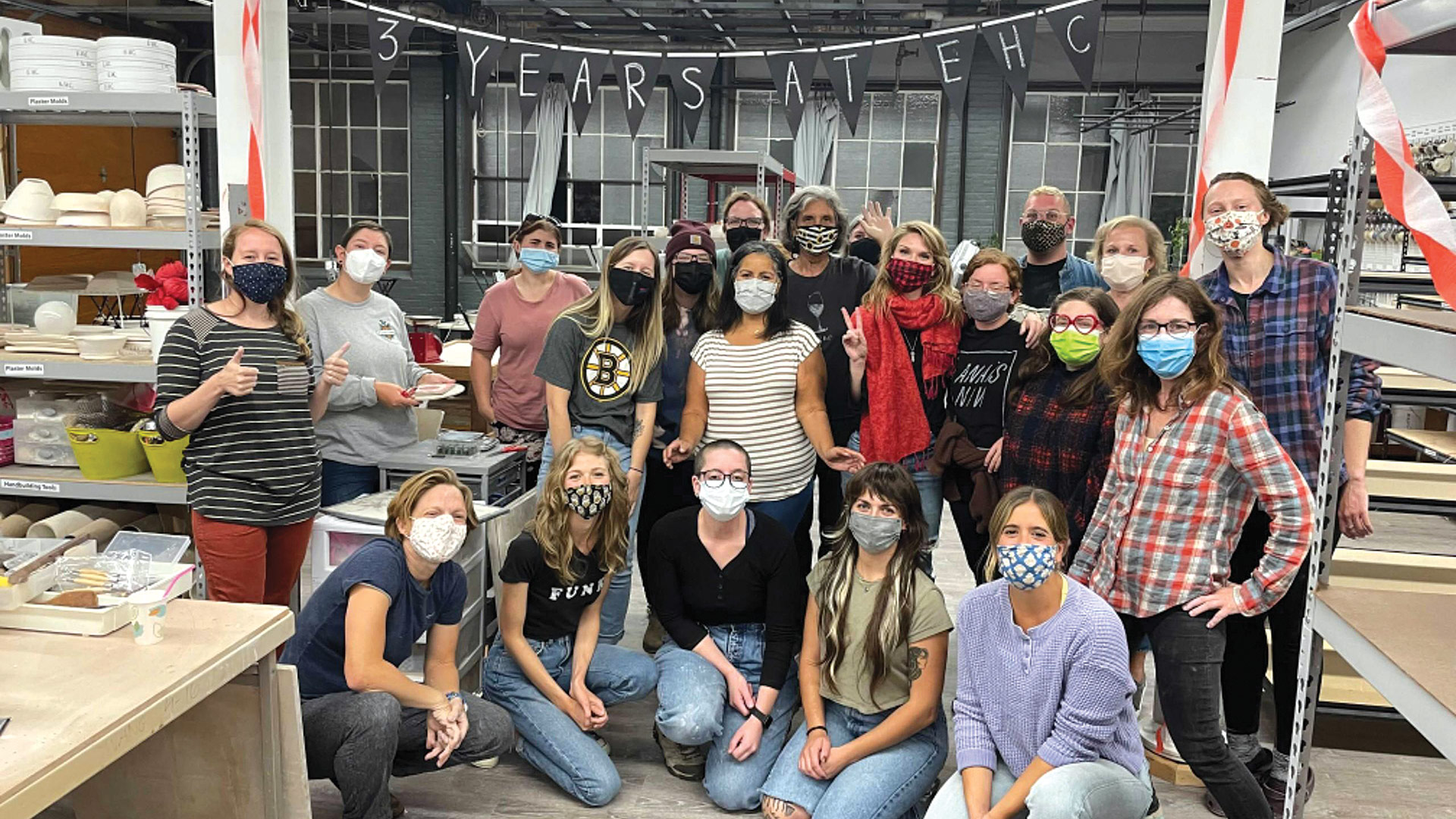
The large amount of space available was a big selling point in bringing Easthampton Clay to Eastworks.
For this issue and its focus on commercial real estate, BusinessWest revisits Eastworks 25 years after it was conceptualized to see how this community within a community continues to grow and evolve.
Golden Opportunity
Heather Beck is a fine jeweler, metalsmith, and educator who runs Heather Beck Designs at Eastworks. A highlight of Beck’s business is something she calls “legacy jewelry” — made from family heirlooms that are repurposed into new pieces. Her clients get to carry the memory of their loved one with them through the new piece of jewelry while also helping to positively contribute to the environment through ethically sourced, recycled jewelry.
Beck is one of many tenants who spoke of the closeness that can be felt in the Eastworks community, and how she is aware that many tenants have become friends with each other and have stuck together through all the happenings of both the pandemic and regular work life.
“Erin McNally of Tiny Anvil, she’s down the hall, she’s one of my best friends … I get to have lunch with her and Trevor of Healy Guitars,” she said. “We get together almost every day for lunch, and we talk about our days, what’s going on with clients. We call ourselves the ‘lunch bunch.’ It’s an invaluable resource to have them in the building and down the hall for support.”
Beck said most of her custom clients are people who were referenced to her from other businesses at Eastworks or people she was able to meet at the property.
“Eastworks has such a great vibe … you’re always meeting new and interesting people,” he said. “I also love to ask people if they’ve been to Eastworks, because if you haven’t been here and seen the grandness of this old mill building that’s been converted into all these spaces, it’s just a really neat space to walk through.”
After a single visit and a few conversations with tenants at Eastworks, what becomes clear is a synergetic relationship between the businesses and their clienteles. The strong community aspect of Eastworks is abundantly apparent and reflects the spirit of the city of Easthampton itself.
“There are a lot of very dynamic parts in the puzzle that make us even stronger. That has to do with Easthampton, and it also happens to do with us having the kind of space people are seeking out,” said Bundy, adding that the unique, wide-open spaces have attracted many different kinds of businesses, many of them not exactly arts-related.
Like YoYoExpert, which has been at its Eastworks location for almost a decade. This venture brings yo-yo toys in from all over the world and teaches people how to use them through the internet.
André Boulay of YoYoExpert spoke enthusiastically of both the lively community experience at Eastworks and the impressiveness of the physical building itself.
“Eastworks has such a great vibe … you’re always meeting new and interesting people,” he said. “I also love to ask people if they’ve been to Eastworks, because if you haven’t been here and seen the grandness of this old mill building that’s been converted into all these spaces, it’s just a really neat space to walk through.”
The wide range of businesses at Eastworks lends itself to visitors enjoying a one-stop trip to complete many of their day’s errands.
“I get my hair cut in the building at the Lift. If I’m hungry, I just go upstairs to Riff’s,” Beck said. “I get my acupuncture done at the Easthampton Community Acupuncture with Cassie. I go to yoga classes upstairs at Sacred Roots.”
Passing the Test
The community at Eastworks has certainly been tested by the pandemic. Many of the businesses rely on foot traffic, and they have been impacted by a distinct lack of it since March 2020. And while the pandemic may have slowed the pace of new arrivals and expansions to some degree, there have been some notable additions, such as Peacock’s Nest Studio, a henna and body-art business at Eastworks that moved into the building in March 2020, right at the start of the pandemic. Since then, it has actually expanded its offerings, including a line of body-care products and different fabric projects like face masks.
“Coming out of COVID, one of the more vital parts of the building seems to be our creative community,” Bundy said. “Our maker community is very solid … it’s a reflection of the Easthampton arts community.”

André Boulay, who has been at Eastworks for almost a decade, praised the facility’s physical features, community experience, and “great vibe.”
After a long stint of ghost-town hallways and virtual everything, the maker portion of the Eastworks community came together for a vibrant event in early November of last year: Open Studios. This is an annual event during which all the art studios at Eastworks come together for an open house, allowing the public to come in and experience the breadth of what the local artists at Eastworks are doing by participating in a variety of activities.
Easthampton Clay’s first open-house event at Eastworks was part of Open Studios; it was an Empty Bowls event for the Easthampton Food Bank that drew more than 300 participants.
“We had lines out the door waiting for people to come in and throw bowls for charity, which was so sweet and amazing … it was really a mind-blowing experience,” Rodriguez said.
Lauren Grover, owner of Peacock’s Nest Studio, fondly recalled selling masks at Open Studios and spoke about how nice it was to finally have an in-person event after everything was held up by the pandemic for so long.
“It was a lot busier than I expected it to be; it was lovely,” she said. “As the pandemic eases, I look forward to having more events like that.”
Grover also noted the abundant amount of precautions that were taken by Eastworks to prevent the spread of COVID-19, which was echoed by Rodriguez of Easthampton Clay.
Another sentiment shared by several tenants at Eastworks was that the Open Studios event was important because it helped them gain more exposure to Western Mass. locals after the pandemic hampered their visibility in the community for a long time.
“No one had seen my work in almost two years, and then we finally did Open Studios in the fall,” Beck said. “I had a lookbook created, and our entire community came out for that event. It was probably the best-attended Open Studios we’ve ever had … people were able to finally see the work that had been hidden away behind my doors for two years.”
She noted that the exposure she received from Open Studios led to a complete turnaround in her business, and now she is busier than she has ever been, with a waitlist of orders.
Art of the Matter
What started as a vision for a vacant, 500,000-square-foot mill building back in 1997 has become a reality.
As it turns 25, Eastworks has become everything Will and Paula Bundy had hoped it would. It has become a destination, certainly, and a community — a bustling space for artists, entrepreneurs, innovators, and more — within a community.
The best part is the fact that the picture keeps changing, and the canvas continues to add more features and more color.
Which certainly bodes well for the next 25 years.



